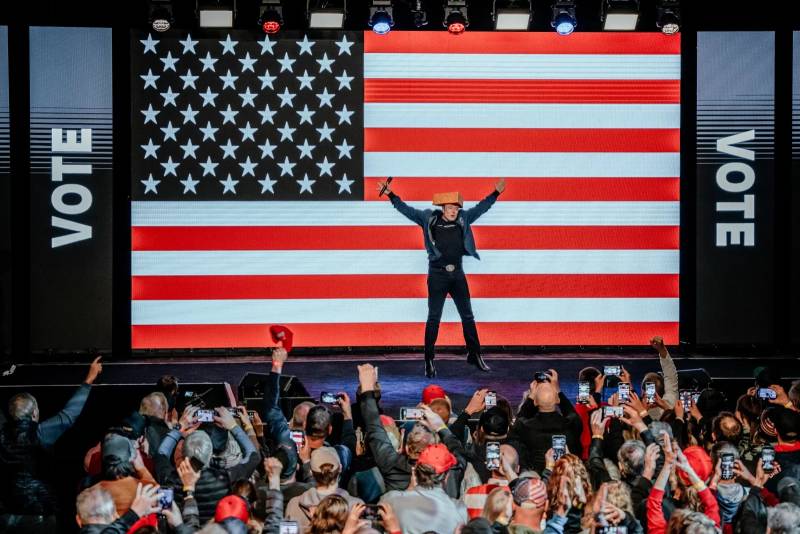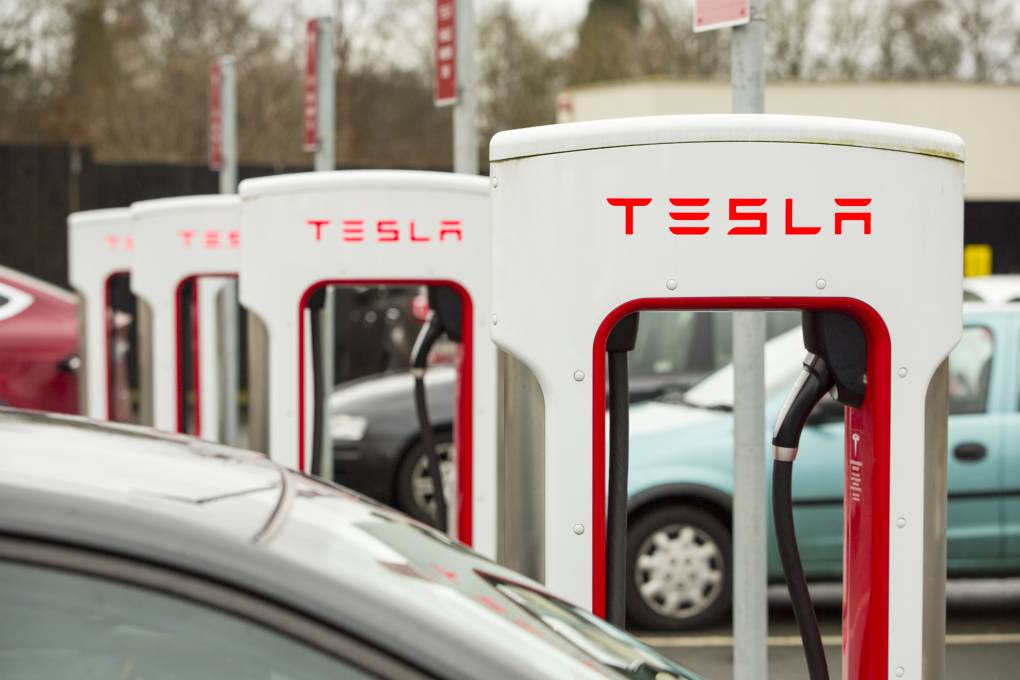That was clear with how angry the “do something” Democratic base was when Senate leader Chuck Schumer allowed a GOP-led spending bill to pass last month to keep the government open. It’s also why so many on the left liked Sen. Cory Booker holding the floor of the Senate with an anti-Trump speech. It is now the longest speech ever in the chamber, more than 24 straight hours, breaking the record held by the late Strom Thurmond, a racist South Carolina senator, a fact Booker, who is Black, said he was “very aware” of.
The chairman of the Wisconsin Democratic Party summed up the split among Democrats.
“I don’t think that the most meaningful distinction within Democrats now is left versus center,” state party chair Ben Wikler said in MSNBC’s Morning Joe. “I think it’s actually going on your front foot and fighting back versus rolling over and playing dead.”
He noted that Crawford was against an abortion ban at the court, that Jill Underly, the state schools chief, ran against the dismantling of Department of Education, and that they both were against Musk casting “aside any check and balance.”
“These are broadly held by progressives, by centrists, by everything in between,” Wickler said. “The critical thing is to go out there and fight. It is to make the case to voters; it is to be omnipresent, to communicate, travel everywhere, and I think the Democrats who do that in the big-tent coalition that makes up the Democratic Party, the anti-MAGA coalition, you’re going to see a lot of success from people who have that energy and that conviction. That’s what voters are looking for right now.”
4. The political realignment is helping Democrats in off-year elections
Both parties poured millions of outside dollars into these races, and that’s because off-year and special elections are hard to mobilize voters.
The $70 million spent on ads alone in Wisconsin was the most ever for a judicial race and lots of it came from outside the state.
In Florida, the 6th congressional district election for Waltz’s seat — the one Trump and the GOP were most concerned about — would have been in the top 20 for most spending by a single candidate (PDF) for any House race the entire 2024 cycle, and that was over 20 months. This was two. The Democrat raised about $10 million in that time and spent more than $8 million, while the Republican spent less than $1 million, as of the candidates’ March 12 filings.
Turnout wasn’t bad. It’s always lower in those kinds of races than in presidential elections — and that, of course, was the case in both states. In Wisconsin, roughly 2.4 million ballots were cast (with 95% in), about 30% less than in November. In Florida, fewer than 200,000 voters went to the polls in each congressional district. In 2024, it was more than double that. So money isn’t everything.
But it’s a reminder that firing up the bases is key in off-year and midterm elections —and that the realignment of college-educated voters, who have higher turnout rates, toward Democrats is helping them in these kinds of elections.
5. Voter ID is an issue that continues to heavily lean right
It should be noted that the same voters who voted for a liberal judge in Wisconsin also overwhelmingly approved a measure requiring voter ID.
It’s something that’s already state law; this enshrined it in the state constitution.
A Pew poll last year found 81% in favor of requiring people to show government-issued photo ID to vote. That included 69% of Democrats. Few things get that level of bipartisan support.
So, yes, Democrats can take Tuesday as one of the first bits of good news they’ve had since the 2024 presidential election. But they also have to be aware that there are lots of issues that are still center-right, including voter ID and many measures meant to curb immigration — especially when the party is seeing record lows in favorability.


